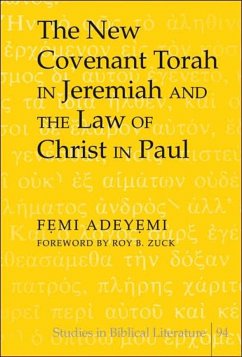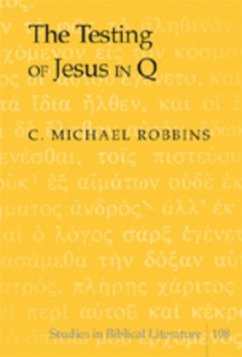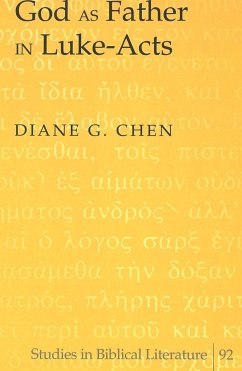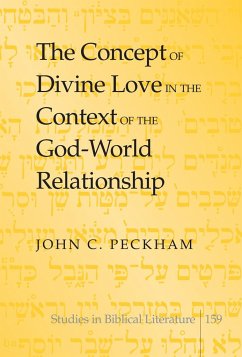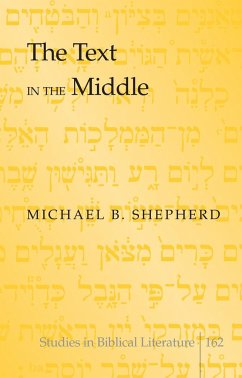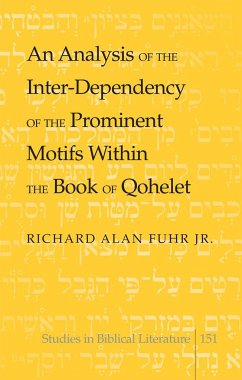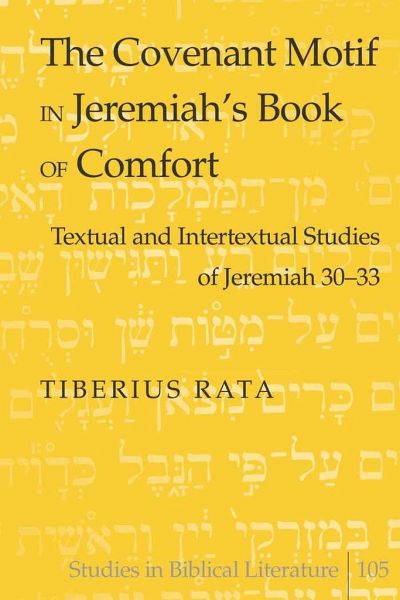
The Covenant Motif in Jeremiah's Book of Comfort
Textual and Intertextual Studies of Jeremiah 30-33
Versandkostenfrei!
Versandfertig in 6-10 Tagen
90,10 €
inkl. MwSt.

PAYBACK Punkte
0 °P sammeln!
The Covenant Motif in Jeremiah's Book of Comfort: Textual and Intertextual Studies of Jeremiah 30-33 examines Jeremiah's promise of a new covenant that God will interiorize his law into people's hearts. This in-depth syntactic, semantic, and pragmatic study of selected texts in Jeremiah 30-33 comprises the foundation for a superb biblical theology of the new covenant. God's pledge that this covenant is «not like the one I made with your fathers» is explored in relation to the Abrahamic, Mosaic, and Davidic covenants. Tiberius Rata makes a theologically and hermeneutically balanced incursion ...
The Covenant Motif in Jeremiah's Book of Comfort: Textual and Intertextual Studies of Jeremiah 30-33 examines Jeremiah's promise of a new covenant that God will interiorize his law into people's hearts. This in-depth syntactic, semantic, and pragmatic study of selected texts in Jeremiah 30-33 comprises the foundation for a superb biblical theology of the new covenant. God's pledge that this covenant is «not like the one I made with your fathers» is explored in relation to the Abrahamic, Mosaic, and Davidic covenants. Tiberius Rata makes a theologically and hermeneutically balanced incursion into Old Testament texts used in the New Testament and provides a springboard for further discussion on difficult yet important issues such as the Lord's Supper and the future of Israel.



